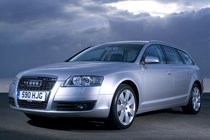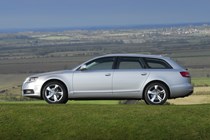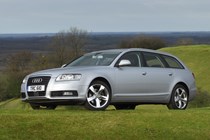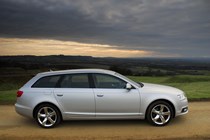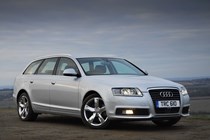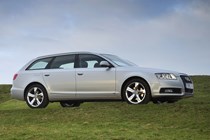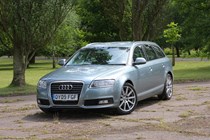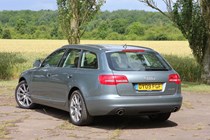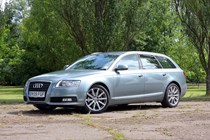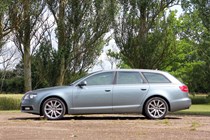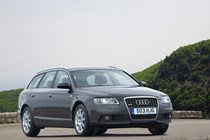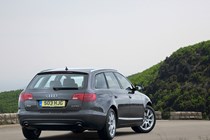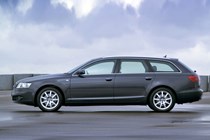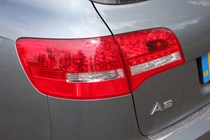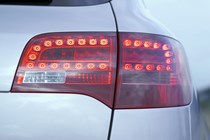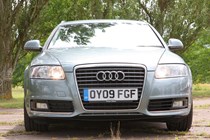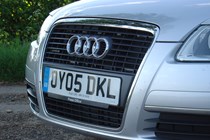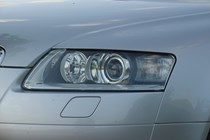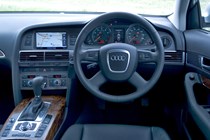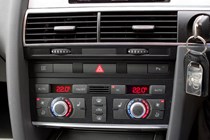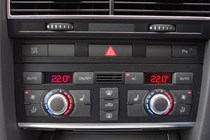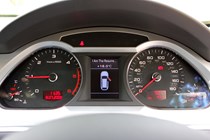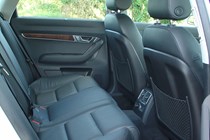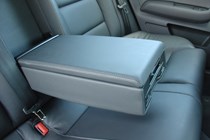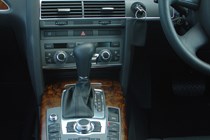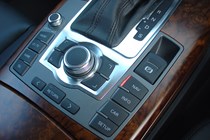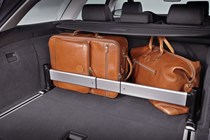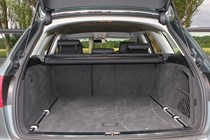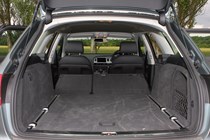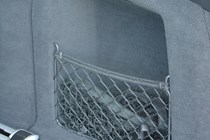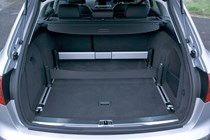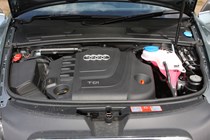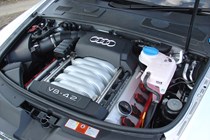Audi A6 Avant (2005-2011) engines, drive and performance
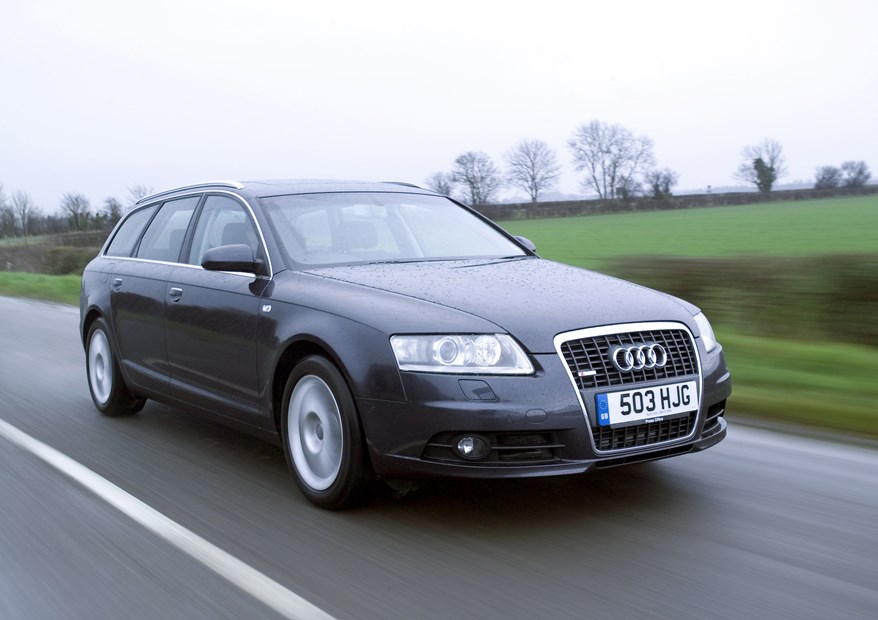
The A6 was launched with two V6s and a V8 for those wanting petrol engines, plus a V6 diesel. The 2.4-litre V6 offers 177bhp and 0-62mph comes up in 8.9 seconds for the six-speed manual. However, customers may prefer the extra mid-range shove of the 2.0T model introduced in 2005. This produces 170bhp and feels more responsive on the move. Larger engines include a 2.8 FSI V6 (available since 2007) with 210bhp or the 3.2 FSI which develops 256bhp and is extremely quiet and refined.
Top of the range of petrol engines is the 4.2 V8 which comes only with quattro four-wheel drive and an automatic transmission. It boasts 350bhp and can reach 62mph from rest in just 5.9 seconds. The A6 diesel range launched with the 3.0 TDI which is only available with quattro four wheel drive. It produces 233bhp which is good enough for six-speed manual versions to sprint from 0-62mph in an exceptionally brisk 6.9 seconds.
This engine was joined shortly after launch by a 2.7 TDI which has a maximum power output of 180bhp. In 2005 Audi introduced a 2.0 TDI model which despite being the least powerful version of the A6 has proved popular with company car drivers thanks to its low emissions. This produces 140bhp, emits just 159g/km of CO2 and averages 46mpg.
Driving the A6 would be quite engaging if the steering wasn’t so lifeless. The way the car is set up with a firm ride and good body control encourages enthusiastic driving on one hand, but the inert setting with no feedback is frustratingly off-putting. As a result it’s not as rewarding to drive as a BMW 5-Series and with its firm ride doesn’t offer the same level of comfort as a Mercedes-Benz E-class – although stiffer sports suspension can be chosen as an option.
Even with the optional air suspension launched in 2005, where it is possible to vary the level of damping in the suspension with ‘sport’, ‘comfort’ and intermediate modes, it doesn’t quite have what it takes to provide the level of driving enjoyment offered elsewhere. Otherwise grip levels are good, and the quattro four-wheel drive where available provides excellent all-weather traction.
Powerful six-cylinder models with front-wheel drive can overwhelm the front tyres leading to wheelspin, so it’s probably worth choosing quattro where possible.


